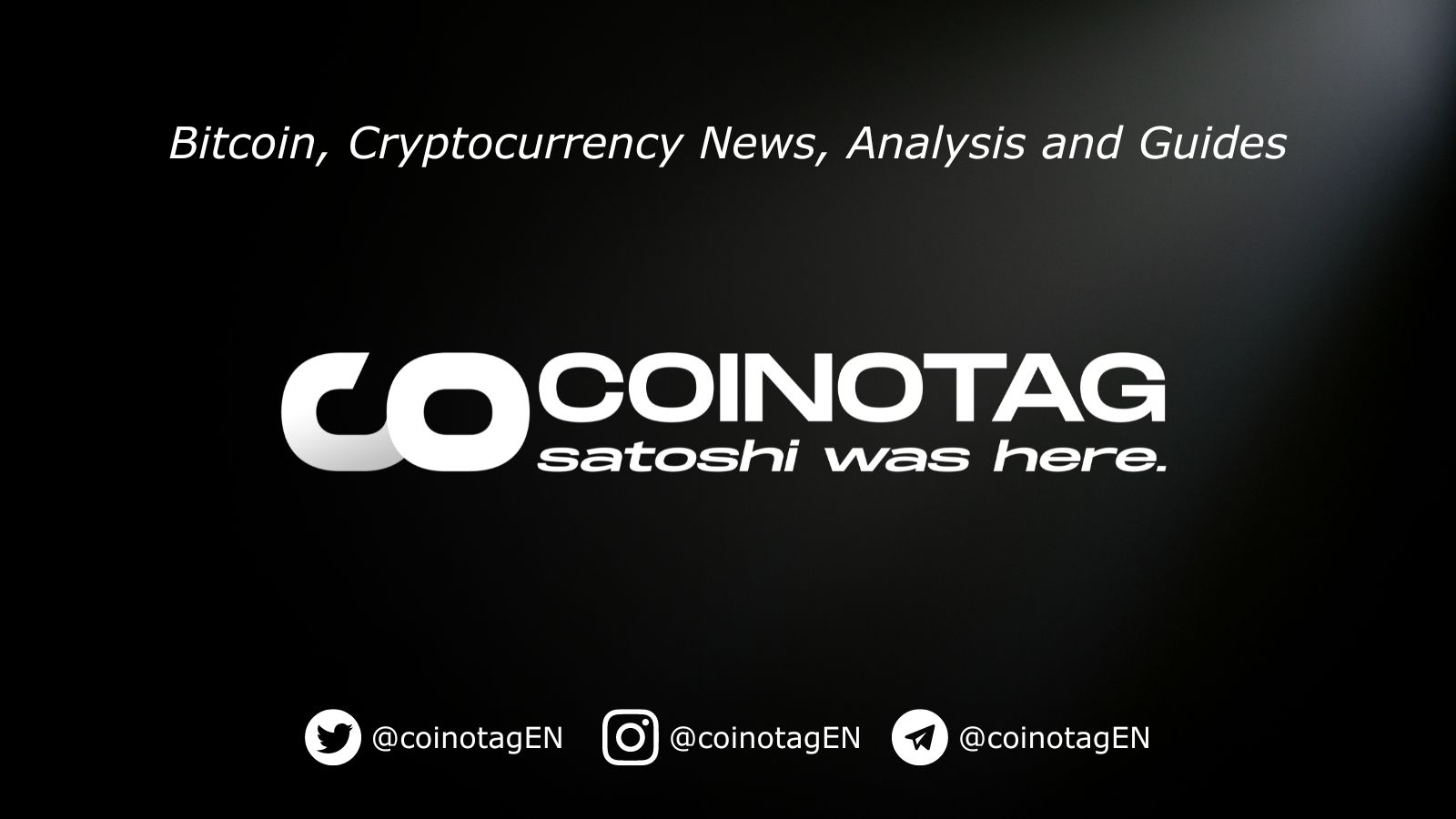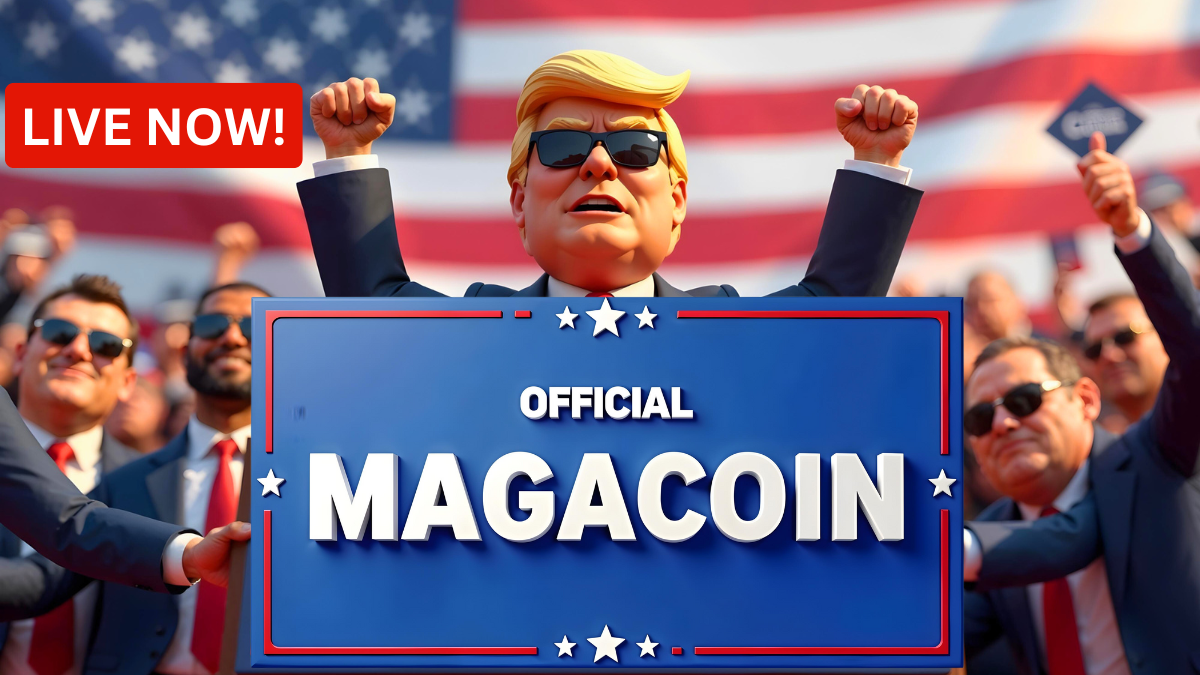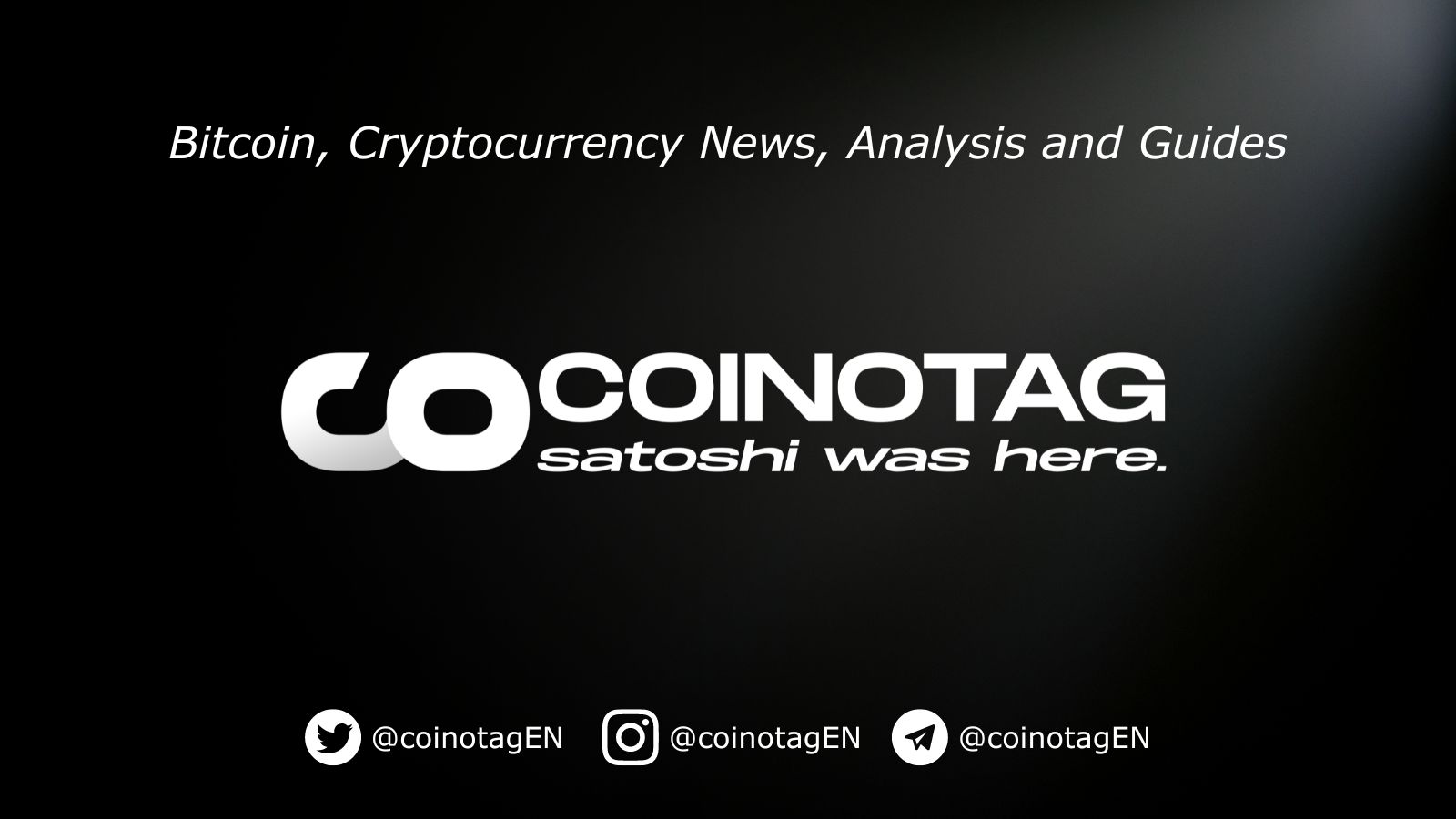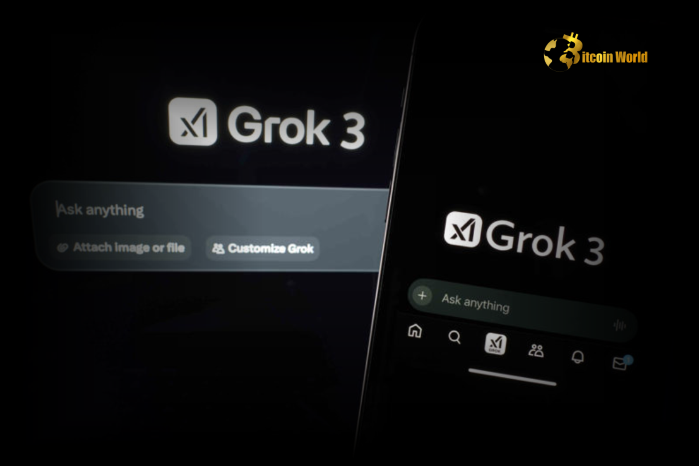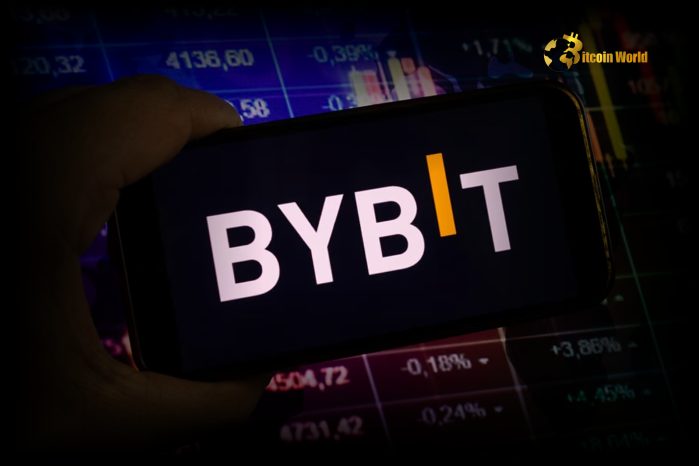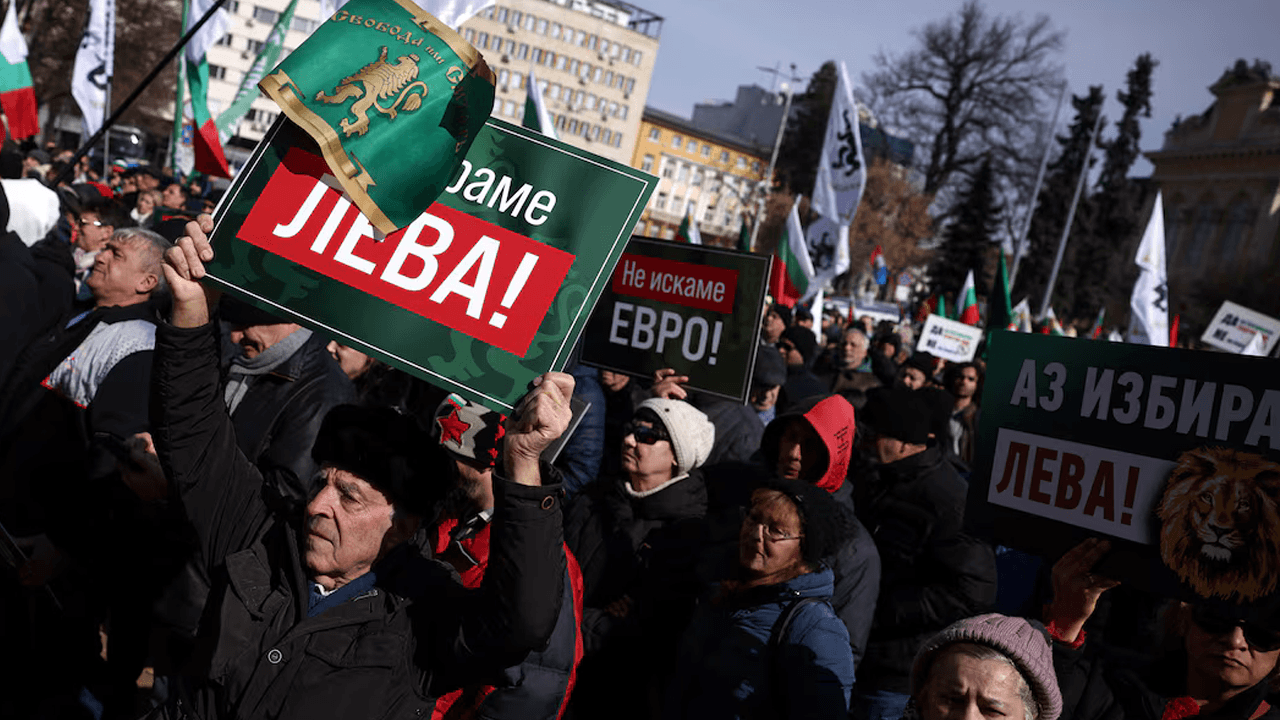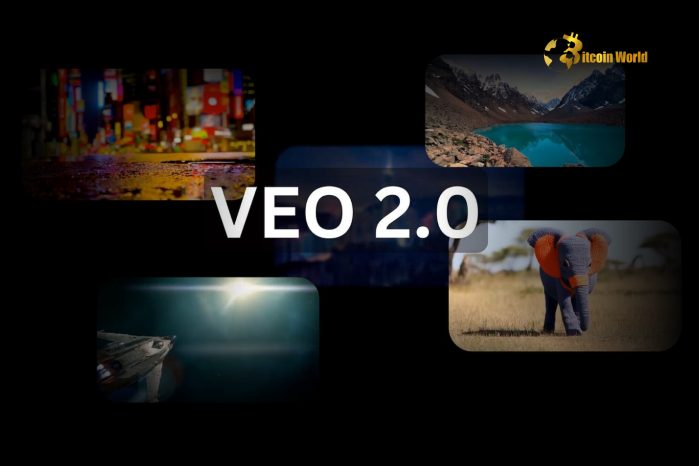
Summary ProShares Shrt Bitcoin ETF aims to achieve daily investment results that correspond to the inverse (-1x) of Bitcoin`s daily performance. The ETF provides a way for investors to profit from declines in Bitcoin pricing, offering a hedge or speculation against cryptocurrency market downturns. One of my favorite momentum-based trading formulas flashed a buy signal for BITI at the end of last week. This investment vehicle is designed for short-term trading and is not suitable for long-term holds due to the costs associated with creating its inverse positioning. I have a very useful and successful momentum formula that just flipped to a buy signal on ProShares Shrt Bitcoin ETF ( BITI ). This fund uses futures contracts to create a short position that will benefit owners if Bitcoin declines. So, if you have been searching for a way to play a correction or bear market in the bubble move for Bitcoin, BITI is the plain-vanilla choice for retail investors inside a normal brokerage portfolio (usually available in IRA and 401-k accounts). StockCharts.com - Bitcoin in U.S. Dollars, 2 Years of Daily Price & Volume Changes ProShares Short Bitcoin Background ProShares opened this ETF for business in June 2022, once futures were approved for trading. After the wicked "inverse" decline in the fund, going in the opposite direction of Bitcoin`s monster gains of 2023-24, total assets under management have fallen to $98 million. The fund does charge 1.03% in fees annually to manage its holdings and list the fund. The ProShares website explains the investment objective as this, Pro Shares Short Bitcoin ETF seeks daily investment results, before fees and expenses, that correspond to the inverse (-1x) of the daily performance of the Bloomberg Bitcoin Index. The website also does a good job of exploring the risk of investment loss, which has been a regular occurrence since Bitcoin only seems to rise in price the last couple of years. ProShares Website - BITI Risks Explained, February 22nd, 2025 ProShares Website - BITI Risks Explained, February 22nd, 2025 ETF holdings are quite simple to understand as of Friday`s close (February 21st, 2025), with two futures contract expirations shorted, alongside cash held as collateral to create the inverse -1x position. The good news in today`s financial market structure is cash investments do earn interest for ETF owners. ProShares Website - BITI Positions, February 21st, 2025 The bad news (and only realistic drawback to holding a BITI stake outside of Bitcoin prices continuing to zigzag higher) is Bitcoin futures participants put a nice premium value on contracts further out in time in anticipation of new cryptocurrency gains. This " contango " price condition costs extra money to generate BITI`s -1x leverage, with monthly rollovers hurting the value of BITI. It has to do with crypto investment sentiment being uber-bullish today. If conventional wisdom flips to bearishness, with futures preparing for a bust, the opposite situation of futures selling for a discount to spot prices would appear ( backwardation ). CME Futures Exchange - Bitcoin Futures Pricing, February 21st, 2025 BITI Performance vs. Bitcoin The best way to describe how this short ETF works for investors in the real world is through a review of past trading. The ETF has paid out a dividend from cash interest coming in the door at a faster clip than management fees are being expensed (since December 2022). So, I will use total return comparisons vs. Bitcoin price changes. The main advantage of owning BITI vs. shorting futures directly is the design limits losses to -100% of your invested capital. If you are wrong on a short Bitcoin position in futures, you can lose many times your initial investment, where your broker requires you to add new money to keep your position. This concept is visible on the performance chart since inception below. Against the +368% Bitcoin gain since June 2022, BITI has declined just -87.6% in price. I know that`s not the kind of loss anyone shoots for, but the idea of "limited" losses is fully on display. YCharts - BITI vs. Bitcoin, Total Returns, Since June 2022 That`s not to say upside is limited in BITI. In fact, if Bitcoin were to collapse in value during 2025, the daily rebalance design of BITI could actually help compound gains in your favor, especially over shorter spans between futures contract rollovers. I am charting periods of sharp Bitcoin decline vs. BITI`s oversized gains below. YCharts - BITI vs. Bitcoin, Total Returns, August 12th, 2022 to September 6th, 2022 YCharts - BITI vs. Bitcoin, Total Returns, April 11th, 2024 to August 5th, 2024 Latest Performance Stats In fact, BITI has performed quite admirably over the last four weeks, as the Trump-inspired euphoria in Bitcoin seems to be ebbing. YCharts - BITI vs. Bitcoin, Total Returns, 1 Month In general, the daily rebalance feature alongside cash interest have helped BITI to "outperform" its basic 1:1 design over the past year (albeit with major losses for the buy-and-hold crowd owning it greater than three months). YCharts - BITI vs. Bitcoin, Total Returns, 3 Months YCharts - BITI vs. Bitcoin, Total Returns, 6 Months YCharts - BITI vs. Bitcoin, Total Returns, 1 Year Final Thoughts In conclusion, if you are bullish on Bitcoin, please avoid this product. However, if you are looking for an angle to bet on a Bitcoin correction or even an all-out bust in 2025, BITI should absolutely be on your research list. Again, my plan is to buy a BITI position early next week, as one of my favorite momentum trading formulas is screaming now is a solid risk/reward moment to do so. An important trigger for my formula is a security`s price getting back above its 50-day moving average, after suffering a major decline. While not expressly part of the formula, having rising trends in the Accumulation/Distribution Line , Negative Volume Index and On Balance Volume indicators over the past month are also a positive development. StockCharts.com - BITI, 12 Months of Daily Price & Volume Changes I cannot guarantee any type of positive return or trading profit, but the odds seem to favor at least a minor drop in Bitcoin over coming weeks, with a bump higher in BITI the likely reaction. It`s entirely possible I will take a quick +10% to +20% gain in BITI, if such appears into March. Historically, holding this ETF longer than a few months has not outlined serious gains during Bitcoin`s boom move in price. And, Bitcoin futures contract premiums do pose a stiff headwind currently in the marketplace. To achieve a +30% or better return in BITI, Bitcoin would have to drop by around the same amount, which may happen eventually, if and when Bitcoin busts. To me, this idea is more of a trade. I do not suggest holding BITI longer than several months. If you will, investors can just assume a defined sell date is appropriate, like a stop-loss idea, 6–8 weeks in the future. At that time, you sell your position, no matter the profit/loss level or your personal outlook for Bitcoin. Having an exit plan in leveraged ETFs is just as (if not more) critical as entering a buy decision. As a consequence, I have a 12-month outlook of Hold for the ProShares Short Bitcoin ETF. In addition, I would not be surprised by some sort of loss being the final destination for BITI trust holders by the end of 2025. Thanks for reading. Please consider this article a first step in your due diligence process. Consulting with a registered and experienced investment advisor is recommended before making any trade.
Seeking Alpha
You can visit the page to read the article.
Source: Seeking Alpha
Disclaimer: The opinion expressed here is not investment advice – it is provided for informational purposes only. It does not necessarily reflect the opinion of BitMaden. Every investment and all trading involves risk, so you should always perform your own research prior to making decisions. We do not recommend investing money you cannot afford to lose.
Controversial Arbitrum DeFi Proposal Sparks Fierce Community Debate: Will It Benefit the Ecosystem?

The decentralized finance (DeFi) space thrives on community governance, but sometimes, even in the most innovative ecosystems, disagreements arise. Currently, the Arbitrum community, known for its vibrant and engaged members, finds itself at a crossroads. A new DeFi investment proposal has ignited a fiery debate, raising critical questions about the direction of Arbitrum’s treasury and its commitment to native projects. Let’s dive into the heart of this controversy and understand what’s causing such a stir within this leading Layer-2 scaling solution. Why is the Arbitrum Community Questioning This DeFi Investment Proposal? At the center of the storm is a governance proposal put forth by the Arbitrum DAO’s recently formed Growth Management Committee (GMC). The proposal suggests a significant investment of 7,500 ETH (Ethereum) into various DeFi protocols. While investing in DeFi isn’t inherently controversial, the specific protocols chosen and the perceived lack of focus on Arbitrum-native projects have sparked considerable criticism. The community’s concerns can be summarized into a few key points: Prioritizing Non-Native Protocols: The proposal earmarks funds for established DeFi giants like Lido (for ETH staking), Aave (for lending and borrowing), and Fluid (a cross-chain lending protocol). While these are reputable platforms, critics argue that they are not native to the Arbitrum ecosystem. This raises questions about whether the investment truly benefits Arbitrum or simply disperses funds across the wider DeFi landscape. Neglecting Arbitrum-Native Projects: A significant portion of the community feels that the proposal overlooks the burgeoning DeFi projects built directly on Arbitrum. These projects are crucial for the long-term growth and vibrancy of the Arbitrum ecosystem. Investing in them could foster innovation, attract more users and developers, and solidify Arbitrum’s position as a leading L2 scaling solution . Lack of Transparency and Community Consultation: Some community members have expressed concerns about the process leading up to the proposal. They argue for more transparency from the GMC and greater community consultation before such significant investment decisions are made. Decentralized governance ideally involves inclusive discussions and consensus-building, and some feel this process was rushed or insufficiently collaborative. Risk Assessment and Diversification: While DeFi investments can be lucrative, they also carry inherent risks. Some community members are questioning the risk assessment conducted for these specific protocols and whether a more diversified investment strategy, potentially including a mix of native and non-native projects, would be more prudent. Breaking Down the DeFi Investment Proposal: What’s Actually Being Proposed? To understand the controversy fully, let’s examine the details of the DeFi investment proposal . The GMC’s rationale likely stems from a desire to generate yield on the Arbitrum DAO’s treasury and participate in the broader DeFi ecosystem. Investing in established protocols like Lido and Aave offers relatively lower risk exposure compared to emerging, untested projects. Here’s a closer look at the protocols mentioned: Protocol Description Potential Benefits Community Concerns (in this context) Lido A leading liquid staking solution for ETH and other assets. Users can stake ETH and receive stETH in return, which can be used in DeFi. Generates yield from ETH staking, relatively established and secure protocol. Not Arbitrum-native, yield benefits stETH holders generally, not specifically Arbitrum ecosystem. Aave A decentralized lending and borrowing protocol. Users can deposit assets to earn yield or borrow against their collateral. High liquidity, established platform, potential to earn yield from lending. Not Arbitrum-native, potential for capital outflow from Arbitrum ecosystem to Aave on other chains. Fluid A cross-chain lending protocol aiming to facilitate seamless lending and borrowing across different blockchains. Cross-chain exposure, potentially higher yield opportunities, innovative approach to DeFi. Less established than Lido and Aave, cross-chain nature might not directly benefit Arbitrum ecosystem, complexity and potential risks of cross-chain protocols. The proposal aims to allocate 7,500 ETH across these platforms, seeking to generate returns for the Arbitrum DAO treasury. However, the community’s pushback highlights a fundamental question: **What is the primary purpose of the DAO treasury, and how should it be utilized to best serve the Arbitrum ecosystem?** The Power of Decentralized Governance and Crypto Community Voices This situation underscores the importance of decentralized governance in the cryptocurrency world. The Arbitrum community’s vocal response demonstrates the power of token holders to influence decisions within a DAO. Their concerns are not simply about opposing the proposal; they reflect a deeper desire to shape the strategic direction of Arbitrum and ensure its long-term success. This debate is a healthy sign of a vibrant and engaged community that cares deeply about the project’s future. The criticism isn’t necessarily a rejection of DeFi investments altogether. Instead, it’s a call for a more nuanced and strategic approach. Many community members likely agree that utilizing the DAO treasury for yield generation is a sound strategy. However, they advocate for a shift in focus towards supporting and nurturing projects that are integral to the Arbitrum ecosystem. This could include: Investing in Arbitrum-Native DeFi Protocols: Allocating funds to promising DeFi projects built on Arbitrum would directly benefit the ecosystem. This could incentivize development, increase liquidity within Arbitrum’s DeFi space, and attract more users to the platform. Providing Grants and Funding for Ecosystem Development: The DAO treasury could be used to fund grants for developers building on Arbitrum, supporting infrastructure projects, or initiatives that enhance the user experience. Strategic Partnerships: Collaborating with Arbitrum-native projects through strategic investments or partnerships could foster mutual growth and strengthen the ecosystem as a whole. What’s Next for Arbitrum and Its DeFi Strategy? A vote on the DeFi investment proposal is anticipated soon. The outcome of this vote will be a significant indicator of the community’s priorities and its influence on the DAO’s decision-making process. Regardless of the vote’s result, this episode serves as a valuable lesson for other DAOs and crypto projects. It highlights the critical need for: Transparent Communication: DAOs should prioritize clear and open communication with their communities regarding proposals, strategies, and decision-making processes. Community Consultation: Engaging the community in meaningful discussions and seeking feedback before making significant decisions is crucial for building consensus and ensuring alignment with community values. Strategic Alignment: DAO treasury management should be strategically aligned with the long-term goals and vision of the ecosystem. Investments should ideally contribute to the growth and sustainability of the project. Balancing Risk and Reward: DeFi investments require careful risk assessment and diversification. A balanced approach that considers both potential returns and potential risks is essential for responsible treasury management. The Arbitrum community’s debate is a powerful example of crypto community engagement shaping the future of a project. It showcases the dynamic nature of decentralized governance and the importance of community voices in navigating the complexities of the DeFi landscape. As Arbitrum continues to evolve as a leading L2 scaling solution , how it addresses this proposal and incorporates community feedback will be crucial in defining its path forward. Actionable Insights: What Can We Learn from the Arbitrum Debate? This situation offers valuable insights for anyone involved in DAOs, DeFi, or the broader crypto space: For DAO Members: Actively participate in governance discussions, voice your opinions, and vote on proposals. Your voice matters in shaping the direction of decentralized projects. For Project Teams and DAOs: Prioritize transparency, community engagement, and strategic alignment in your governance processes. Listen to your community’s concerns and incorporate their feedback into your decision-making. For DeFi Enthusiasts: Pay attention to governance discussions within your favorite DeFi projects. Understanding the debates and proposals helps you grasp the underlying values and direction of these platforms. For Investors: Community engagement and governance are crucial indicators of a healthy and sustainable crypto project. Projects with active and vocal communities are often more resilient and adaptable in the long run. The Arbitrum DeFi investment proposal debate is more than just a disagreement over fund allocation; it’s a reflection of a community deeply invested in the success of its ecosystem. It’s a testament to the power of decentralized governance and the evolving dynamics of the crypto world, where community voices can truly shape the future. To learn more about the latest crypto market trends, explore our article on key developments shaping Ethereum institutional adoption. Seeking Alpha
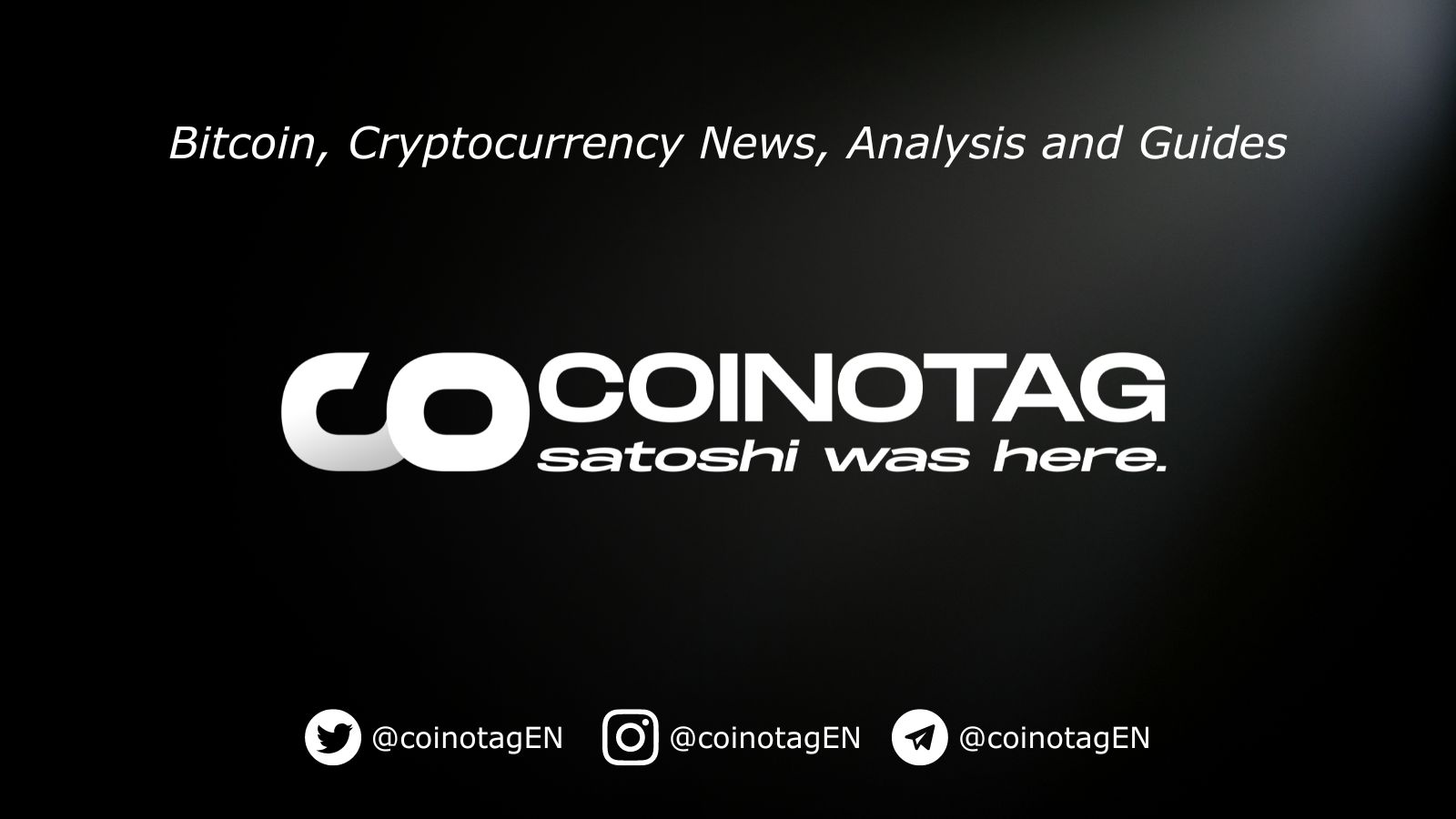
HK Asia Holdings Limited Expands Bitcoin Holdings to Nearly 9 BTC Following Share Price Surge
HK Asia Holdings Limited has embarked on a notable Bitcoin investment journey, contributing to a surge in its stock value. In just a week, the firm has doubled its Bitcoin Seeking Alpha

